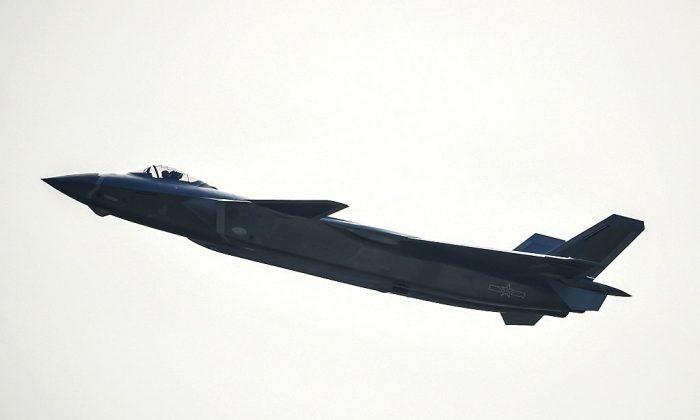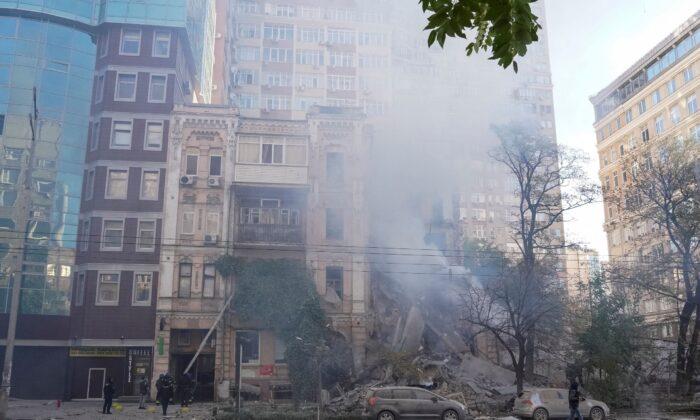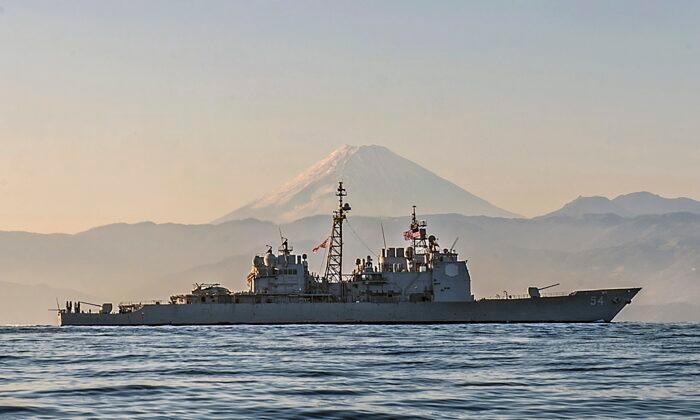Commentary
The war in Ethiopia between the left wing
Tigray People’s Liberation Front army (TPLF) and the world-recognized democratic government of Ethiopia has entered a new, largely unexpected phase thanks to drones.
Prior to the extensive use of drones, the TPLF (which now wants to be known as the Tigray Defense Force) had advanced far into the most sensitive Ethiopian territory, within around
130 miles from Ethiopia’s capital, Addis Ababa, triggering a state of emergency.
Then something profound happened: the Ethiopian Air Force began using drones to attack the TPLF’s armored personnel carriers, artillery emplacements, and troop transports. At the same time, Ethiopia massively mobilized, calling in militias from around the country to fight the TPLF.
Now the TPLF is
in a major withdrawal, as it faced huge casualties and the chance its army could be cut in half by advancing Ethiopian troops. So far at least, the withdrawal has been relatively peaceful (only one known drone strike was carried out, perhaps to hurry along the TPLF pullback). But as the TPLF convoys must operate on roadways and are exposed, one cannot rule out further strikes by the Ethiopian Air Force that could now cause great damage.
The drones are coming from China, Iran and Turkey. At least one top analyst in Pakistan,
Sajid Nadeem suspects the Turkish drones,
TB-2 type, the same that were used very effectively in the Nagorno-Karabakh war, are operated by Turkish “experts” flown into Ethiopia.
Today there is a competition among potential suppliers of drones and other military hardware. Initially the UAE provided significant support to Ethiopia, fearing that it would become a base for hostile forces. The UAE bought and sent to Ethiopia Chinese
Wing Loong drones. Based on the U.S. Predator and
Reaper, and using the same Austrian-built
Rotax engine (which Austria says is not export controlled), the Wing Loong is both a surveillance and attack drone, carrying both rockets and bombs.
Iran has supplied its own drone, the Quds
Mohajer-6. This drone also carries guided rockets and uses a TV and Infrared camera to pick out targets. (The same drone is now being co-produced in Venezuela under license from Iran.)
Turkey is supplying the Bayraktar TB-2. That system, which is also now
co-produced in Ukraine, carries two types of guided rockets made in Turkey. The TB-2 has a sophisticated electro-optical target tracking and laser system making it perhaps the most accurate of the drones operating in Ethiopia.
The TPLF is almost powerless against drone strikes as it does not have any counter-drone capabilities.
The biggest change of all is China is now selling drones directly to Ethiopia and could well be financing purchases from other countries, Iran and perhaps Turkey (although that is not proven). Even more significantly, China’s Foreign Minister
Wang Yi visited Addis Ababa in early December and made clear China is giving Ethiopia its full support.
China is a major investor in Ethiopia and has much to gain from supporting the Addis government, especially by replacing the United States, which is not supporting Ethiopia (in fact, the Biden administration has secretly been boosting the TPLF, a foolish and completely counterproductive policy).
The war is not over yet, but the TPLF is in a corner. The TPLF says that it is carrying out a tactical withdrawal and will fight on “our convenient ground,” suggesting a protracted conflict with guerilla tactics. That certainly can lead to a bloody and long term problem for Ethiopia, but over time Ethiopian forces can, if they want to, push the TPLF back toward its capital Mekelle. Whether TPLF can hold onto public support, given its heavy casualties and its retreat, remains to be seen.
Today the Tigray area, in the north of Ethiopia, is surrounded by hostile forces and can’t pursue its leftist, Leninist-style fight without outside support. Perhaps the United States was thinking about military support to Tigray and certainly it was
trying to get relief supplies into the area, although blocked by the fighting.
There is a near famine caused mainly by the war, but there also have been many atrocities, especially those perpetrated by Tigray forces in many of the towns and villages they temporarily dominated.
It is indeed too bad the United States wound up on the wrong side in the Ethiopian war and let China move in and replace U.S. influence. That pattern can now be expected to be perpetuated in all of Africa. But as for Ethiopia, which is the biggest power in the Horn of Africa, it means more trouble keeping the Straits of Hormuz open in the Red Sea, a vital corridor. The United States does have a base in Djibouti, but so do the Chinese, rather neutralizing the U.S. presence.
Overall the Biden administration has pursued a counterproductive and furtive policy in the Persian Gulf and on the African continent, supporting Iran at the expense of our long-time allies Saudi Arabia and the UAE, embracing the Houthis in Yemen (across the way from Eritrea and Ethiopia), and now blundering in Ethiopia.
The arrival of armed drones has turned the tide of the war; but the political tide for the United States ran out even before that because the United States was supporting the wrong side.
Views expressed in this article are opinions of the author and do not necessarily reflect the views of The Epoch Times.





